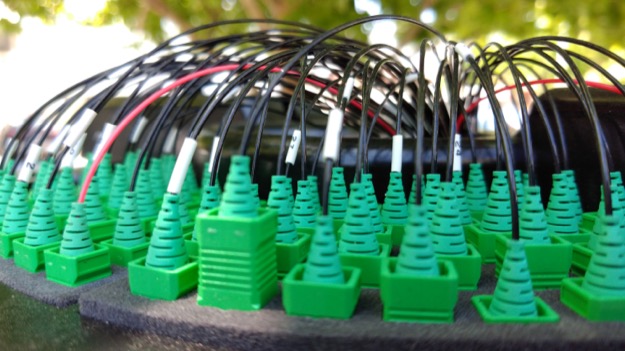
Fiber-to-the-home broadband service can effectively compete against cable company offerings, but copper-based DSL service can’t. That’s a lesson that’s coming into sharp focus as telcos report 2017 financial results.
Verizon backed away from legacy telephone service, selling its California systems to Frontier among other things, but hung on to its FiOS business, which is concentrated in the northeastern U.S. As a result, Frontier is bleeding DSL subscribers (although it’s doing better where it offers FTTH service), while Verizon’s share of broadband subscribers in its FiOS territory is climbing.
Speaking at a Morgan Stanley conference, Matt Ellis, Verizon’s chief financial officer, said gains from its fiber-based broadband service even offsets declines in its video business…
We’re above 40% penetration on broadband where we have FiOS deployed…So if a customer decides to cut the cord on the video piece, I’m not getting the video revenue anymore, but I also have a significant cost component that goes away too and when those customers decide to cut the cord and rely on [the Internet] for their video entertainment, the quality of their broadband connection becomes even more important.
Verizon and AT&T posted overall broadband subscriber gains in the first nine months of 2017 – the only two major telcos to do so – despite losing a combined 172,000 DSL subs. Fiber to the home service was the reason.
As subscribers continue to dump DSL in favor of DOCSIS-based service from cable companies, telcos will invest in upgrading copper plant and/or replacing it with fiber. But only where there’s 1. competitive pressure to do so and 2. a sufficiently affluent target market. The absence of both is why AT&T and Frontier are heading rapidly in the opposite direction in rural California. Where there’s no cable service and effective competition is lacking, they are shutting down their DSL business and installing low capacity fixed wireless systems.
Where there’s no competition, there’s no need to invest in competitive service.
